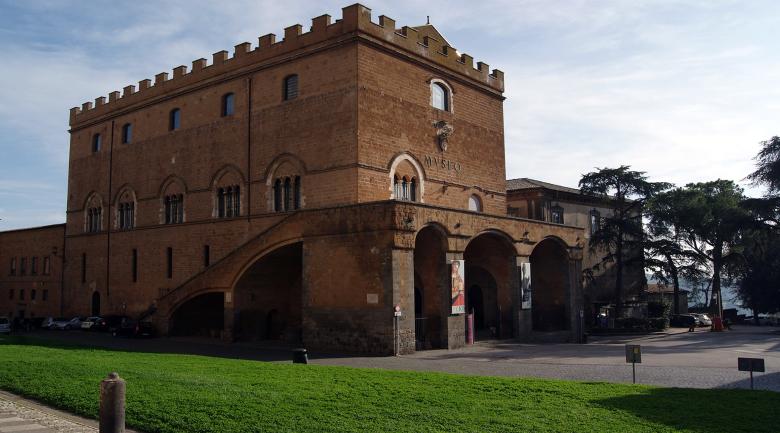National Archaeological Museum of Orvieto
Behind Orvieto Cathedral stands the medieval Palazzo Papale of Martin IV, which houses the National Archaeological Museum on the ground floor. Inaugurated in 1982, this cultural site, along with the Faina Foundation Museum, offers a window into the social and cultural reality of Etruscan Orvieto, when the city was one of Etruria's most prosperous centers.
Necropolis Treasures
The museum's itinerary showcases archaeological artifacts from necropolises in the region such as Corno di Bardano, Poggio Ginestra, Pietra Campana, Caldane, Mossa del Palio, Cannicella, Crocifisso del Tufo, and Porano. Within the museum, visitors can admire remains of chamber tombs, as well as collections of jewelry including earrings, rings, gold necklaces, amphorae, and specific Etruscan antefixes.
Golini Tombs
Also displayed in a museum hall are some funerary objects and wall paintings from a complex of Etruscan tombs dating back to the 4th century BC, discovered in the mid-19th century in the Porano area, specifically in Settecamini, Molinella, and Belvedere. Known as Golini I and Golini II tombs, named after the discoverer in 1836, these are renowned for their fresco cycle adorning the tomb walls. The painted scenes, removed from the tomb walls in the mid-20th century for safety and conservation reasons, have been faithfully reconstructed from the originals. They depict Etruscan funerary rites and banquets - with figures of servants preparing food, a flute player - celebrated in the presence of underworld deities, and provide detailed insights into daily habits and social hierarchies.
The Federal Sanctuary of the Etruscans
A recent addition is a room displaying artifacts unearthed during excavations conducted around the 2000s at Campo della Fiera. Archaeological investigations revealed a sacred area, frequented from the 6th century BC until the 15th century AD, believed to have been the site of the Fanum Voltumnae, the Etruscan federal sanctuary where representatives from the twelve Etruscan cities gathered annually. Classical sources, particularly Livy, indicate it was dedicated to Voltumna, possibly corresponding to the main Etruscan deity, Tinia. Devotion continued even during Roman times, until the area was transformed into a cemetery and later into the Church of San Pietro in Vetere during the Christian era, spanning approximately 1900 years of continuous worship. Among the objects exhibited in museum showcases are valuable Attic ceramics, terracotta basins, statues of female divinities, antefixes, bronze mirrors, and bucchero cups.


























